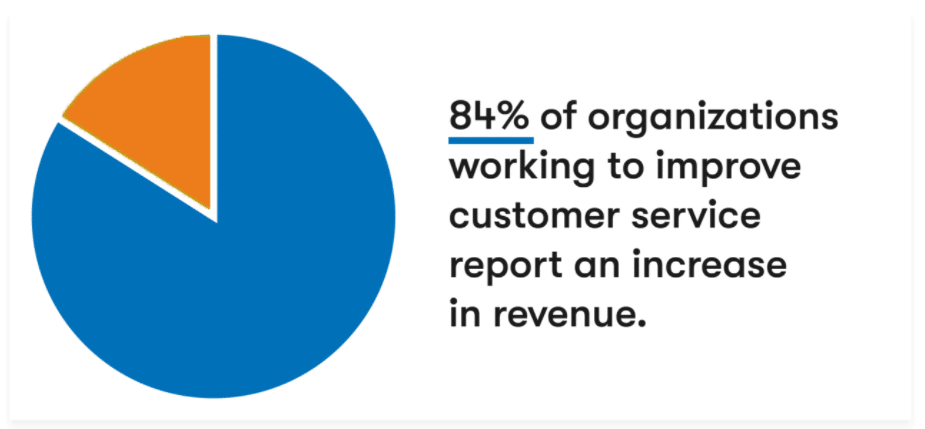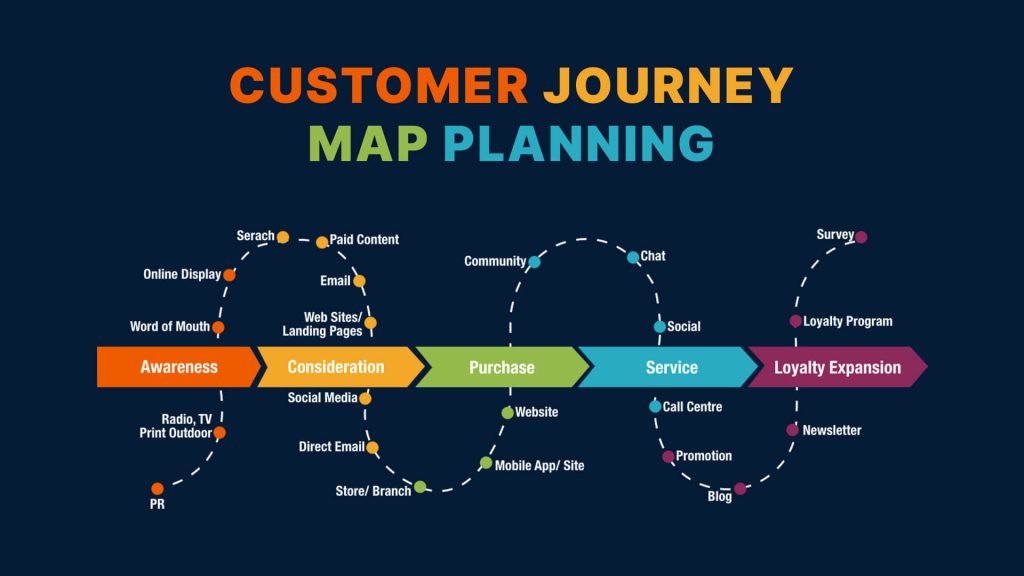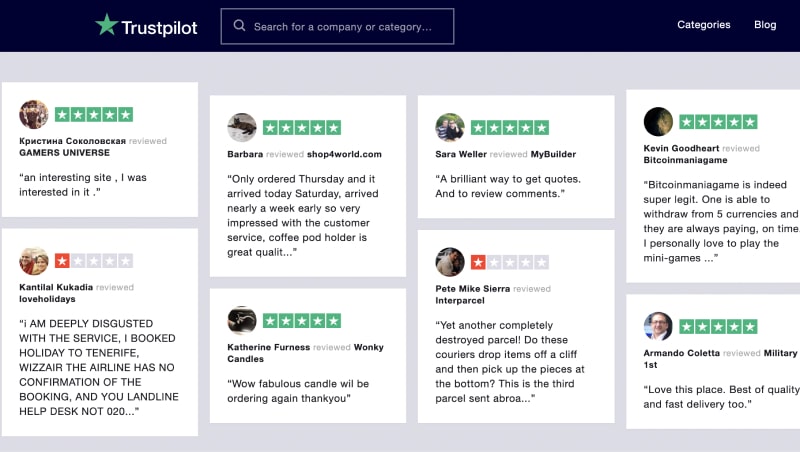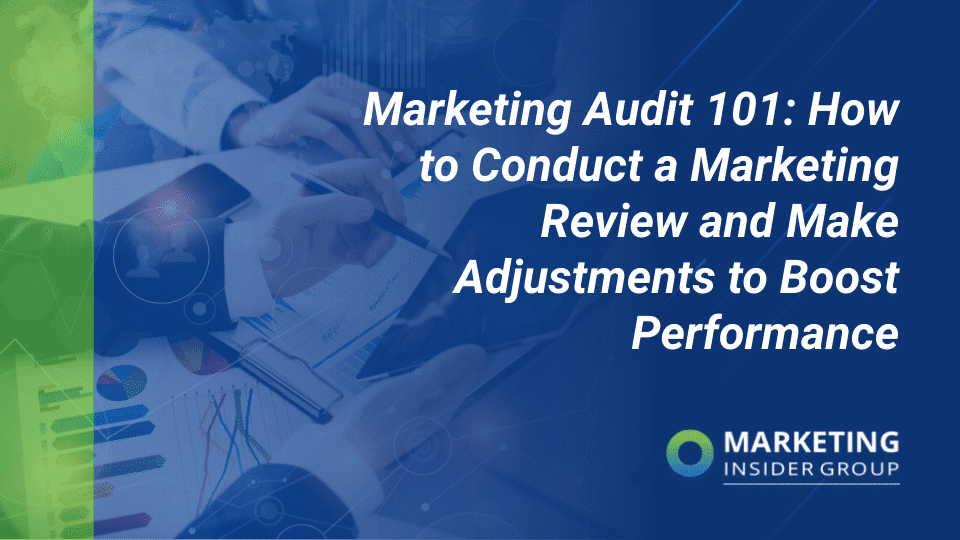
How to Do an In-Depth Customer Experience Audit
Your business revolves around your customers. And if you’re not deeply dialed into their experiences, you’re probably missing out on growth, retention, and, frankly, revenue.
So, what’s the best way to get this invaluable insight? Conducting a comprehensive customer experience audit.
Getting to the heart of customer interactions is key to optimizing your business strategies and enhancing overall customer satisfaction. A thorough audit uncovers the real, sometimes gritty truth of how customers interact with your brand at every touchpoint. By diving deep into this process, you’ll discover what really makes your customers tick—and what ticks them off.
Quick Takeaways
- CX audits examine all customer interactions, identifying key improvements to boost satisfaction and loyalty.
- A single poor experience can deter 45% of customers, highlighting the need to consistently exceed expectations.
- Focused customer experience efforts enhance insights, boost retention, and significantly increase revenue.
- Effective audits require a skilled team, clear goals, appropriate tools, and detailed analysis of every customer touchpoint.
Understanding Customer Experience Audit
A customer experience (CX) audit is an analysis of every interaction your customers have with your brand, from first contact through to post-purchase. This comprehensive review helps you identify what’s working, what’s not, and where you can make changes that genuinely enhance customer satisfaction and loyalty.
A single negative experience stops 45% of customers from making a purchase.

This statistic highlights the importance of not just meeting, but exceeding customer expectations at every turn. A CX audit gives you the insights needed to prevent losses and turn average experiences into outstanding ones.
Key Benefits of a Customer Experience Audit
- Enhanced Customer Insights: Understanding your customers better allows you to tailor experiences that resonate deeply with their needs and expectations.
- Improved Customer Retention: By identifying and resolving pain points in the customer journey, you foster loyalty, which is crucial since CX drives over two-thirds of customer loyalty.
- Increased Revenue: A striking 84% of businesses focused on customer experience report seeing significant growth in revenue. Companies that excel in CX see up to a 60% higher profit than their competitors.

Preparation for a Customer Experience Audit
Assembling the Right Team
A successful customer experience audit starts with assembling the right team. This team should be cross-functional, involving members from:
- Sales
- Marketing
- Customer service
- Product development
Each member brings a unique perspective that can provide invaluable insights into different stages of the customer journey. It’s crucial that the team includes stakeholders who can make or influence decisions based on the audit’s findings.
Defining Objectives
Clearly defining the objectives of the audit is essential to focus your efforts and measure success effectively. Objectives might include:
- Improving customer satisfaction scores
- Increasing customer retention rates
- Reducing response times
- Identifying bottlenecks in the customer journey
These goals should be Specific, Measurable, Attainable, Relevant, and Time-bound (SMART).
Selecting Tools
Selecting the right tools is critical for efficiently gathering and analyzing data. This might include CRM systems, data analytics platforms, survey tools, and social media monitoring software. Choose tools that can integrate well with each other to streamline the process and ensure that data is easily accessible and interpretable.
Conducting the Audit
Mapping the Customer Journey
Start the audit by mapping out the entire customer journey, identifying all potential touchpoints where customers interact with your brand. This map should include every stage from initial awareness through to post-purchase interactions and potential repeat sales.

Gathering Data Across Touchpoints
With the journey map as a guide, gather data from each touchpoint. Utilize the tools selected during the preparation phase to collect a mix of quantitative and qualitative data. This might include:
- Web analytics
- Customer feedback
- Support ticket data
- Engagement metrics on social media
Analyzing and Interpreting Audit Data
Identifying Trends and Patterns
Once the data from each touchpoint has been gathered, the next step is to analyze it to identify trends and patterns. Look for consistent issues or standout moments in the customer journey that could indicate broader trends in customer behavior or sentiment.
Use statistical analysis, sentiment analysis, and data visualization tools to help uncover these insights clearly and effectively.
Assessing Customer Feedback
Customer feedback is a gold mine for insights. Review feedback for recurring themes or specific suggestions for improvement.

This can include reviews, survey responses, and direct customer communications. Pay special attention to feedback that pertains directly to the objectives defined earlier in the audit process.
Linking Insights to Business Metrics
Connect the dots between customer experience insights and key business metrics like:
- Sales performance
- Customer retention rates
- Service usage patterns
This analysis will help demonstrate the impact of customer experience on the bottom line and prioritize areas for improvement.
Developing an Action Plan
Prioritizing Actions Based on Impact
From the insights gained in the analysis phase, prioritize actions that are likely to have the most significant impact on improving customer experience and align with business objectives. Consider both quick wins that can be implemented easily and more significant changes that may require more time and resources.
Setting Clear Milestones
Define clear milestones and deadlines for each action to keep the project on track. This timeline should include specific dates for starting and completing actions, as well as any dependencies that might affect other parts of your organization.
Allocating Resources
Determine what resources are needed to implement each action. This might include assigning team members, allocating budget, and acquiring new tools or technologies needed to enhance customer experience.
Communicating the Plan
Communicate the action plan to all stakeholders involved, making sure everyone understands their responsibilities and the expected outcomes. Regular updates can help maintain momentum and ensure alignment across the organization.
Implementation and Monitoring
Implementing the Action Plan
The implementation phase is where your customer experience audit’s insights turn into tangible improvements.
Begin by rolling out the prioritized actions, starting with the initiatives that promise quick wins to build momentum and demonstrate value early in the process. For more complex initiatives, consider a phased approach to manage risks and make adjustments based on initial feedback.
Training and Support
Make sure all team members involved in implementing the changes are properly trained and supported. This may involve formal training sessions, updated documentation, and regular check-ins to address any questions or challenges that arise. The right amount of support ensures that the changes are implemented smoothly.
Monitoring Progress
Set up systems to continuously monitor the impact of the changes. This could involve regular collection and analysis of customer feedback and key performance metrics.
Monitoring should be an ongoing process, with scheduled reviews to assess whether the actions are delivering the expected outcomes.
Iterative Improvements
Based on the monitoring feedback, be prepared to make iterative improvements. Customer needs and market conditions can change, so it’s essential to remain flexible and responsive. Regularly revisiting and refining the customer journey ensures that your customer experience stays relevant and effective.
You Can’t Afford to Skip a Customer Experience Audit
A thorough customer experience audit is non-negotiable if you’re serious about keeping your customers from jumping ship after one bad experience. Analyze the data, pinpoint where you can enhance satisfaction, and implement changes.
This proactive approach helps you meet customer expectations consistently, turning potential losses into robust gains. In essence, conducting these audits effectively is crucial for improving your service and growing your revenue.
Ready to give your customer experience a major boost? We’ve got you covered. Get started today by checking out our weekly blog content service, or schedule a free consultation now to learn more!






